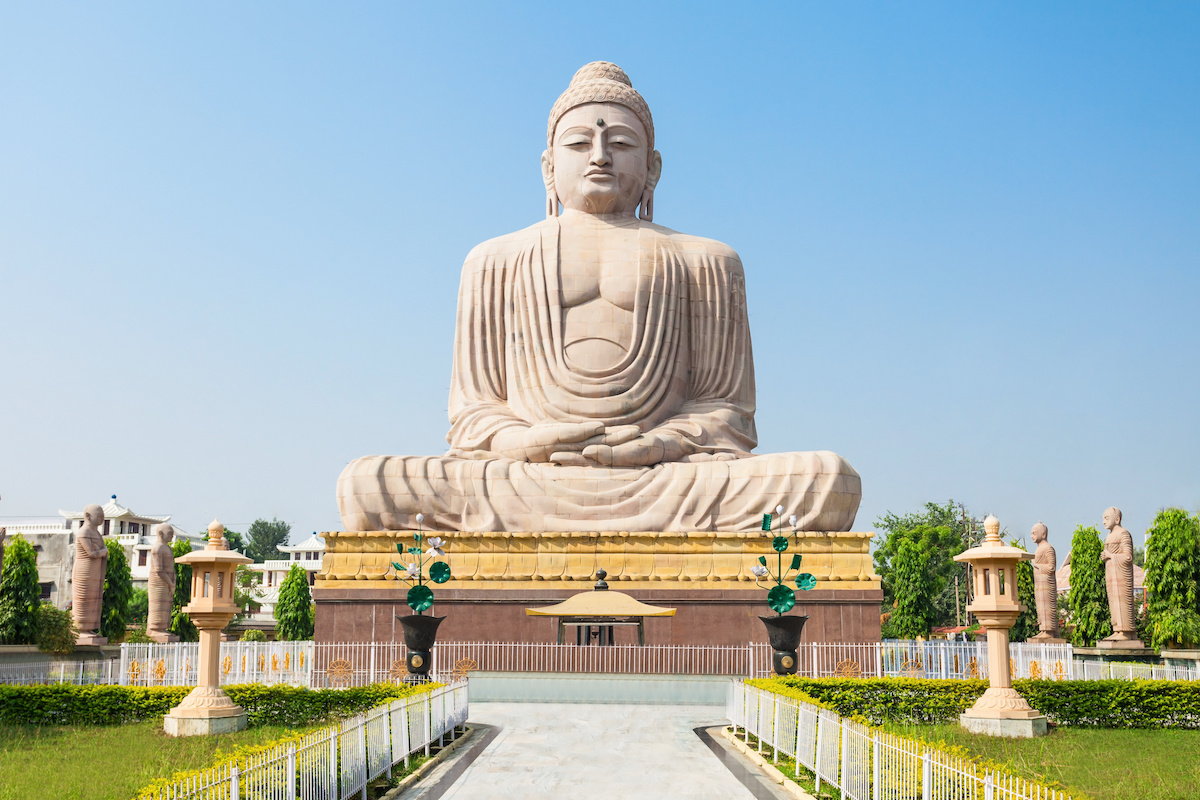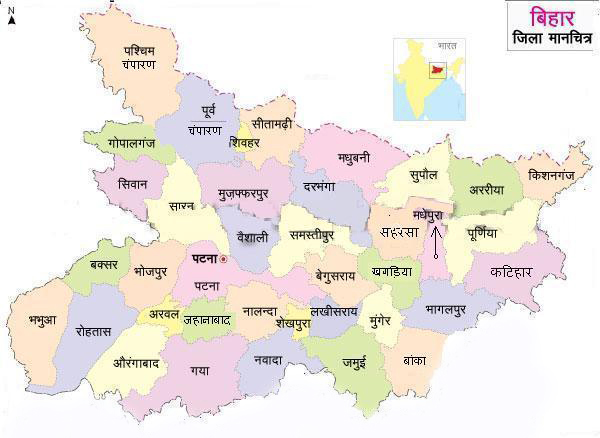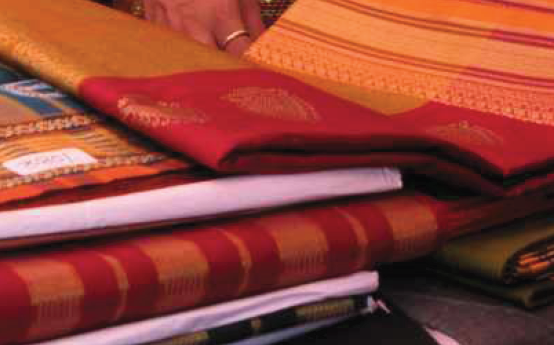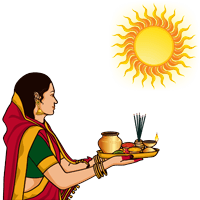Bihar- A way to nirvana

Bihar known as a Land of Nirvana where Prince Gautama attained enlightenment, became the Buddha, at the present Bodh Gaya, a town in central Bihar. The great religion of Buddhism was born here. It is also the place where Lord Mahavira, the founder of another great religion, Jainism, was born and attained nirvana (death). In Bihar only the tenth and last Guru of the Sikhs, Guru Gobind Singh was born and attained the sainthood of Sikhism.
The history of Bihar is very ancient. In fact, it extends to the very dawn of human civilization. Earliest myths and legends of Hinduism the Sanatana (Eternal) Dharma - are associated with Bihar. Sita, the consort of Lord Rama, and daughter of King Janak of Videha was a princess of Bihar. The author of the Hindu epic, The Ramayana, Maharishi Valmiki, lived in Ancient Bihar.
Bihar was also ruled by Magadh and licchavis rulers around 7- 8thCentury B.C. Kautilya, the author of Arthashastra, the first treatise of the modern science of Economics, lived here. Seleucus Necator, lived in Pataliputra (ancient name of Patna) around 302 B.C.
Mauryan king, Ashoka, ruled the state around 270 B.C., was the first to formulate firm tenets for the governance of a people. He had these tenets, the so called Edicts of Ashok, inscribed on stone pillars which were planted across his kingdom. The pillars were crowned with the statue of one or more lions sitting on top of a pedestal which was inscribed with symbols of wheels. At Nalanda, the world's first seat of higher learning, and university, was established during the Gupta period. It continued as a seat of learning till the Middle Ages, when the muslim invaders burned it down. The ruins are a protected monument and a popular tourist spot. A museum and a learning center- The Nava Nalanda Mahavira - are located here.
The Mughal period was a period of unremarkable provincial administration from Delhi. The only remarkable person of these times in Bihar was Sher Shah, or Sher Khan Sur, who was from Sasaram and built the longest road of the Indian subcontinent, the Grand Trunk Road, which starts from Sonargaon in Bangladesh and ends at Peshawar in Pakistan.
During 1557-1576, Akbar, the Mughal emperor, annexed Bihar and Bengal to his empire. With the decline of Mughals, Bihar passed under the control of the Nawabs of Bengal. Thus, the medieval period was mostly one of anonymous provincial existence.
Bihar also played a significant role at the time of independence. Many important revolutions were started from this state, and many important personalities who fought for the independence of India were also from Bihar.
Geographical Structure

Bihar is located in the eastern part of the country. The capital of Bihar is Patna which is situated on the banks of the holy river Ganga. The state is located in the fertile Gangetic Plains. It is the ninth largest state of India in terms of its area and the second largest in terms of population. It is bounded by Nepal on the north, Orissa on the south, west Bengal on west and Uttar Pradesh on the east.
The total area covered by the state of Bihar is 94,163 sq. km. the state is located between 21�-58'-10" N ~ 27�-31'-15" N latitude and between 82�-19'-50" E ~ 88�-17'-40" E longitude. Its average elevation above sea level is 173 Feet.
Economy

The economy of Bihar is mainly based on agricultural and trading activities. The soil of Bihar is extremely fertile which makes it ideal for agriculture.
Bihar is the first largest producer of vegetables and second largest producer of fruits in the country. Production of maize, sugarcane, litchi, makhana, mango, vegetables, and aromatic rice is also carried out.Bihar is the largest producer of honey in the country.
The major agro based industries of Bihar are of rice, sugar, edible oil.
The rice mills are located at Bauxer Karbisganch in Purnia district, Araria. Sugar mills are located at Banmankhi in Purnia District, Bauxer, Madora in Saran District, Samastipur and Bihata in Patna District.
The edible oil mills are located at Araria, Banmankhi in Purnia District, Bauxer, Lakhisarai at Munger district. The textile industries are at Bhagalpur (known mainly for fine silk products), Gaya, Nalanda, Darbhanga, Madhubani, Siwan and Patna. Bhagalpur is also called silk city.
Traditional Bihar

The cultural life of the traditional Bihar society comprises of art, dance, music, festivals and fairs. Without considering all these aspects the culture seems to be incomplete. Bihar has a glorious past and a rich cultural heritage. The people of Bihar have preserved their rich tradition.The Holy festival - Chhath puja is celebrated in Bihar with full devotion. The folk dances of Bihar are extremely enjoyable. Folk music is sung by people to remark some of the important occasions.
The festivals are also celebrated with joy and happiness. The all-important Pitrapaksha Mela also takes place at Gaya in Bihar.